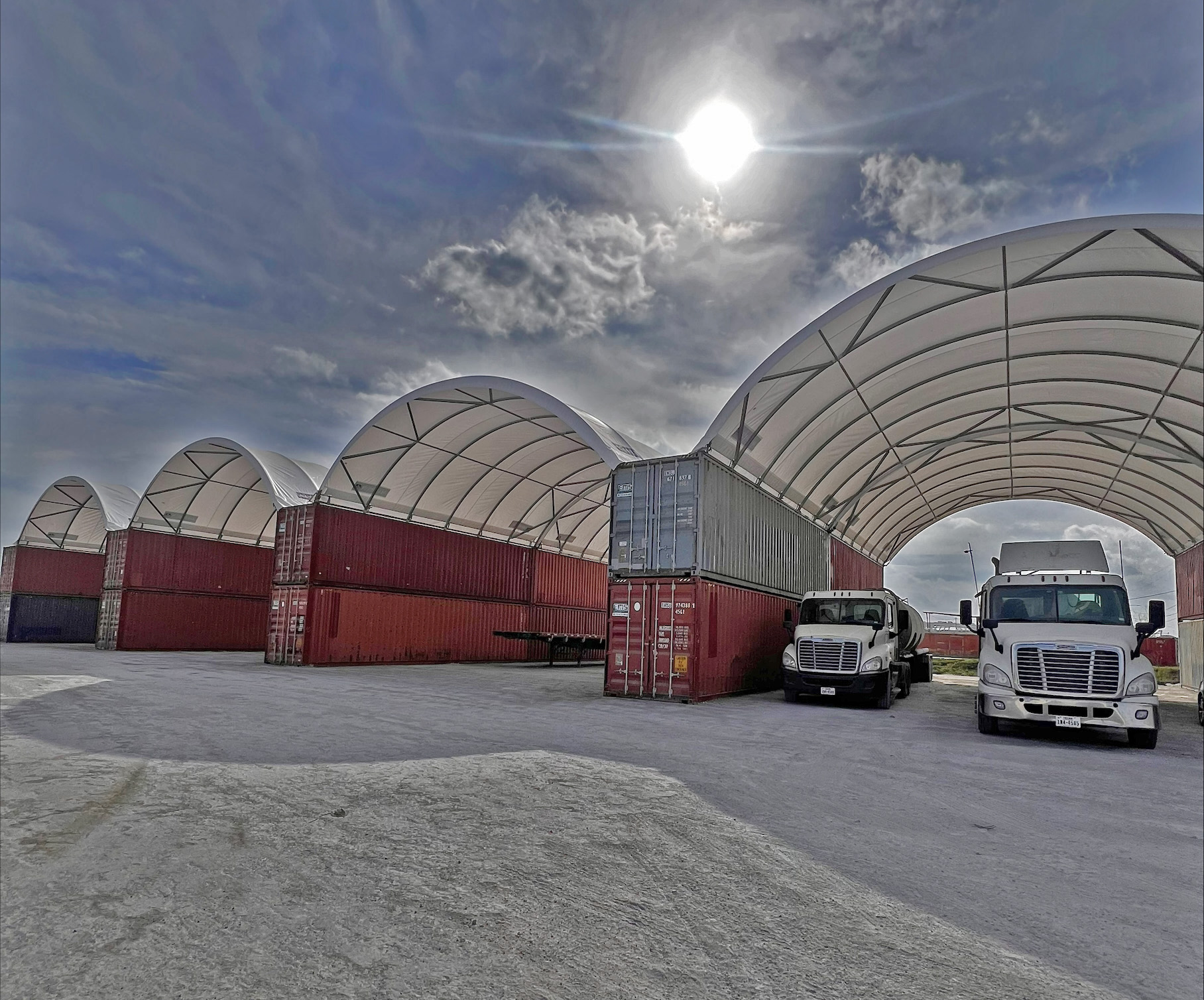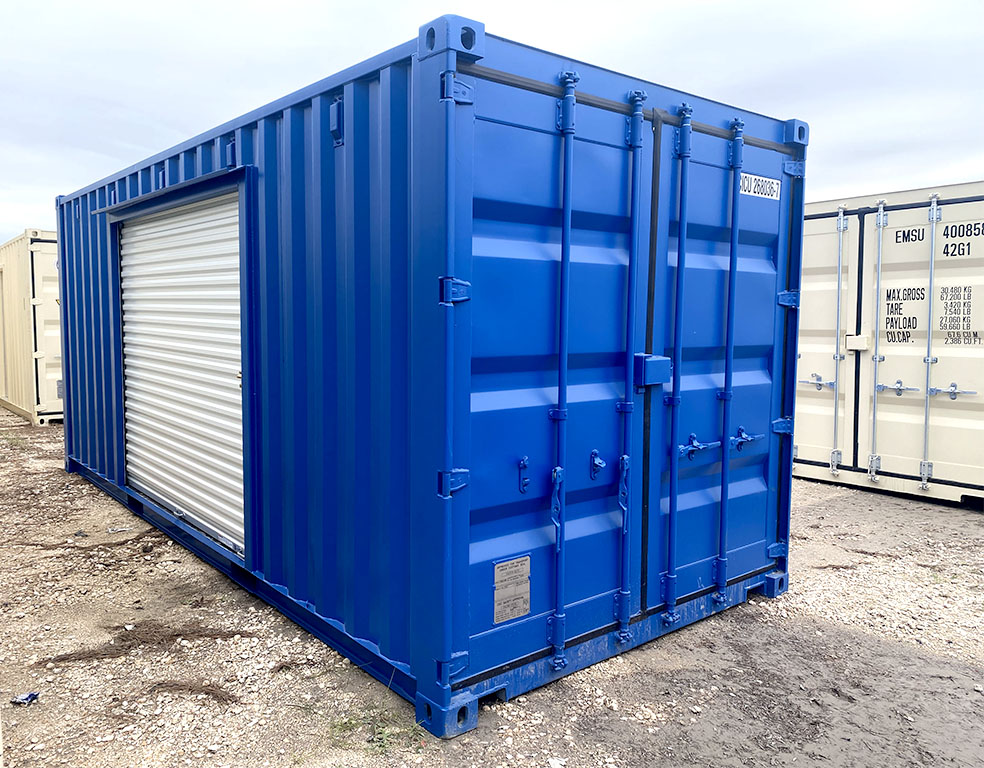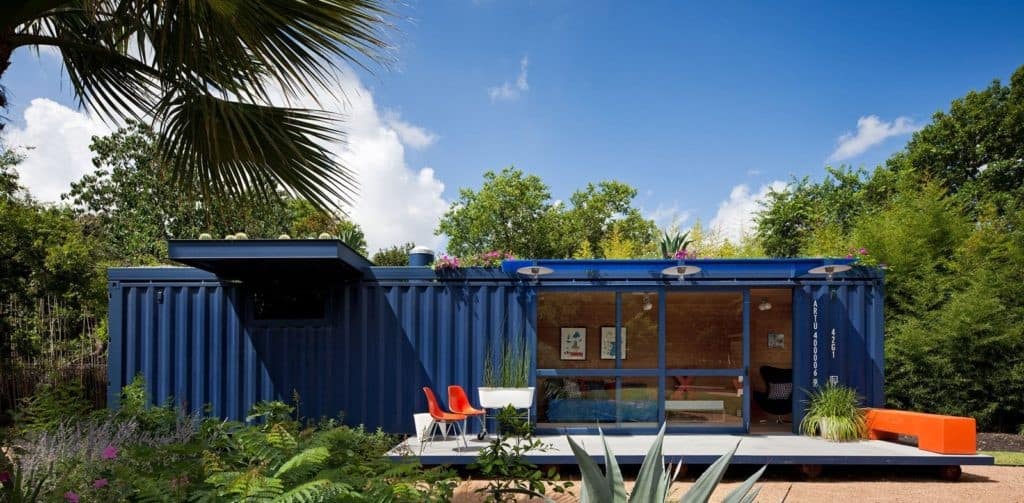The modern shipping container has been around since 1955. Malcolm P. McLean’s company started using the same truck trailers to move goods on both the highway and the sea.
While the concept hasn’t changed much since then, the design options of the containers have changed. Now, you can find shipping containers in an array of sizes and designs.
The trouble is, there are so many configurations that it’s tough to know which one is right for your needs. Read on to learn about your options for container sizes as well as the different types of containers.
Common Shipping Container Sizes
The majority of shipping containers are 8 feet wide, so the height and length is what really separates them.
The standard height for containers is 8.5 feet. But, high cube containers, which are 9.5 feet tall, are also considered standard.
The most common lengths for shipping containers are 20 and 40 feet long, so these are considered standard sizes. In fact, cargo ships are measured in TEUs, or twenty-foot equivalent units. The 20-foot container is so common it’s considered the base unit of measurement.
You can also get containers in different lengths like 8, 10, 30, 48, and 53 feet. You can also get modified containers built to your specific dimensions, so the possibilities are endless.
If you plan to use your container for highway transportation, you need to check the laws for your region before you buy a shipping container.
There’s actually no federal length limit for truck tractor semi trailers, but there is a minimum length requirement. The minimum length requirement is different in every state, and ranges from 48 to 59 feet.
Types of Shipping Containers
Standard dry containers are the most common type since they can handle most goods and cargo.
Insulated and refrigerated containers have insulation in their walls which is why they’re great for produce, dairy, or meat. These two types of containers are both insulated except refrigerated units have a condenser that lets you control the temperature.
High cubes are great for lightweight cargo because you can store more without adding any length. They’re also great for home or office conversions since there’s more head room for insulation or lighting.
Tunnel and side open containers have different door placements for easier access to the cargo. Tunnel containers have doors at both ends and side open containers have doors on the long side of the trailer.
Open top containers don’t have a metal top, but you can cover them with a tarp. If you need to store or transport tall items, open top containers can help.
Purchase Your Shipping Container Today
With such a wide range of container sizes and types, there’s a shipping container for practically every need.
Whether you need a shipping container to transport your products or you need one for storage, Equipment Management Services can help. We offer new, used, and custom containers to clients near our Houston/Dallas locations and also all across the country, if feasible.
To learn more about the shipping containers we offer, contact us today.










